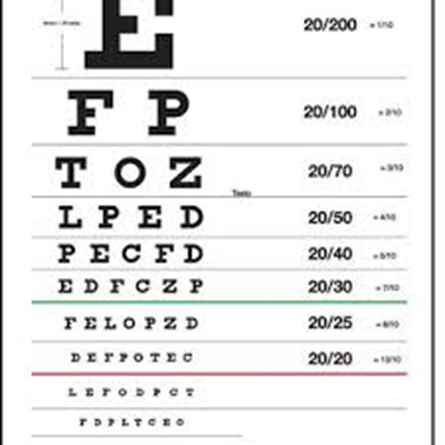While auscultating a client's 1st and 2nd intercostal spaces, close to the sternal body, the nurse would document these normal breath sounds as which of the following?

Rhonchi
Crackles
Bronchovesicular
Tracheal
The Correct Answer is C
Choice a reason:
Rhonchi are coarse, rattling respiratory sounds somewhat like snoring, usually caused by obstruction or secretion in the larger airways. They are not considered normal breath sounds and are typically heard in conditions such as chronic bronchitis.
Choice b reason:
Crackles are the sounds you will hear in a lung field that has fluid in the small airways. These sounds are commonly heard in patients with pneumonia, heart failure, and restrictive pulmonary diseases. They are not normal breath sounds.
Choice c reason:
Bronchovesicular sounds are normal breath sounds heard over the main bronchus area and over the upper right posterior lung field. They have a medium pitch and intensity and are heard on both inspiration and expiration. In a healthy individual, these sounds are expected to be heard in the 1st and 2nd intercostal spaces near the sternal body.
Choice d reason:
Tracheal breath sounds are harsh, high-pitched sounds heard when auscultating over the trachea in the neck. They are not normally heard over the intercostal spaces of the chest wall.
Nursing Test Bank
Naxlex Comprehensive Predictor Exams
Related Questions
Correct Answer is ["A","B","C","D"]
Explanation
Choice a reason:
Wearing nonslip shoes in the house can prevent falls, which are a common cause of traumatic brain injuries (TBIs) in adolescents. Falls often occur due to slippery surfaces, and nonslip shoes provide better traction, reducing the risk of such accidents.
Choice b reason:
Supervised use of guns by an adult is crucial to prevent accidental shootings, which can result in TBIs or even more severe outcomes. Adolescents may not fully understand the risks associated with handling firearms, and adult supervision ensures that safety measures are followed.
Choice c reason:
The consistent use of seat belts in vehicles is one of the most effective ways to prevent TBIs during car accidents. Seat belts keep occupants from being ejected or hitting the interior of the car, significantly reducing the risk of head injuries.
Choice d reason:
Avoiding risky activities such as snowboarding without proper safety measures can prevent sports-related TBIs. While snowboarding, wearing a helmet and other protective gear is essential to protect the head during falls or collisions.
Correct Answer is B
Explanation
Choice A Reason:
An ophthalmoscope is primarily used for examining the interior structures of the eye, such as the retina, and is not typically used for assessing near vision. It provides a view of the fundus of the eye, which is essential for diagnosing various eye conditions but does not directly assess a patient's reading or close-up vision.
Choice B Reason:
The Snellen Chart is traditionally used to measure distance visual acuity and would not be the first choice for assessing near vision. However, there are versions of the Snellen Chart or similar charts designed for near vision assessment, typically held at a reading distance of about 14 inches from the patient. These charts have rows of letters or symbols that decrease in size and are used to determine the smallest print size a person can read.
Choice C Reason:
A magazine can be a practical tool for assessing near vision informally, as it contains various sizes of print and is a good representation of everyday reading material. The nurse can ask the patient to read a specific paragraph to observe their ability to see and comprehend text at a close distance.
Choice D Reason:
A penlight is not used for assessing near vision. It is typically used to assess the pupillary light reflex or to illuminate specific areas of the eye during an examination. The penlight helps to evaluate the response of the pupils to light but does not measure the patient's ability to read or see objects up close.

Whether you are a student looking to ace your exams or a practicing nurse seeking to enhance your expertise , our nursing education contents will empower you with the confidence and competence to make a difference in the lives of patients and become a respected leader in the healthcare field.
Visit Naxlex, invest in your future and unlock endless possibilities with our unparalleled nursing education contents today
Report Wrong Answer on the Current Question
Do you disagree with the answer? If yes, what is your expected answer? Explain.
Kindly be descriptive with the issue you are facing.
